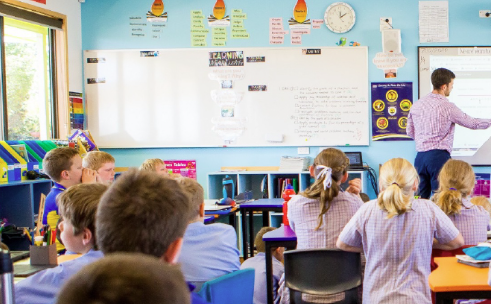Article:
The educational landscape continues to evolve rapidly, shaped by technological advancements, shifting student needs, and new instructional priorities. In 2025, teachers are not just facilitators of learning—they are adaptive leaders navigating change daily. To ensure that these transitions are effective and sustainable, guiding teachers through educational change has become a vital part of school success.
Understanding the Need for Change
Educational change is often driven by goals such as improving student outcomes, integrating digital tools, or aligning with updated curriculum standards. However, for change to be embraced at the classroom level, teachers must understand not only what is changing, but also why it matters. Clear communication from school leadership, supported by data and shared purpose, lays the foundation for teacher buy-in.
Empowering Teachers as Change Agents
Teachers thrive when they feel their voices are heard and their expertise respected. Involving educators in decision-making processes helps foster ownership and reduces resistance to change. Collaborative planning sessions, professional learning communities, and shared leadership opportunities give teachers a platform to lead and contribute meaningfully.
Providing Ongoing Professional Support
Change can be overwhelming without consistent support. Providing training sessions, access to resources, and time for practice and reflection empowers teachers to implement new strategies effectively. Schools that prioritize ongoing development—rather than one-time training—create environments where teachers feel confident and capable.
Recognizing the Emotional Impact
Change is not just a technical process—it’s emotional. Teachers may experience uncertainty, frustration, or fatigue when adapting to new systems. School leaders who acknowledge these emotions and create a culture of empathy help reduce stress and build trust. Open dialogue, peer mentoring, and well-being initiatives contribute to a more resilient teaching community.
Celebrating Progress and Flexibility
Even small wins deserve recognition. Celebrating milestones along the journey reinforces the value of the change and boosts morale. At the same time, maintaining flexibility allows teachers to adjust their approach based on classroom realities. Adaptive leadership respects that transformation is rarely linear and often requires iteration.
Conclusion
Guiding teachers through educational change in 2025 means leading with empathy, empowering participation, and providing meaningful support. When teachers feel guided and supported, they are better equipped to lead their students with confidence through every transition. Educational progress begins with the people who make learning possible—and guiding them through change ensures that progress continues.














